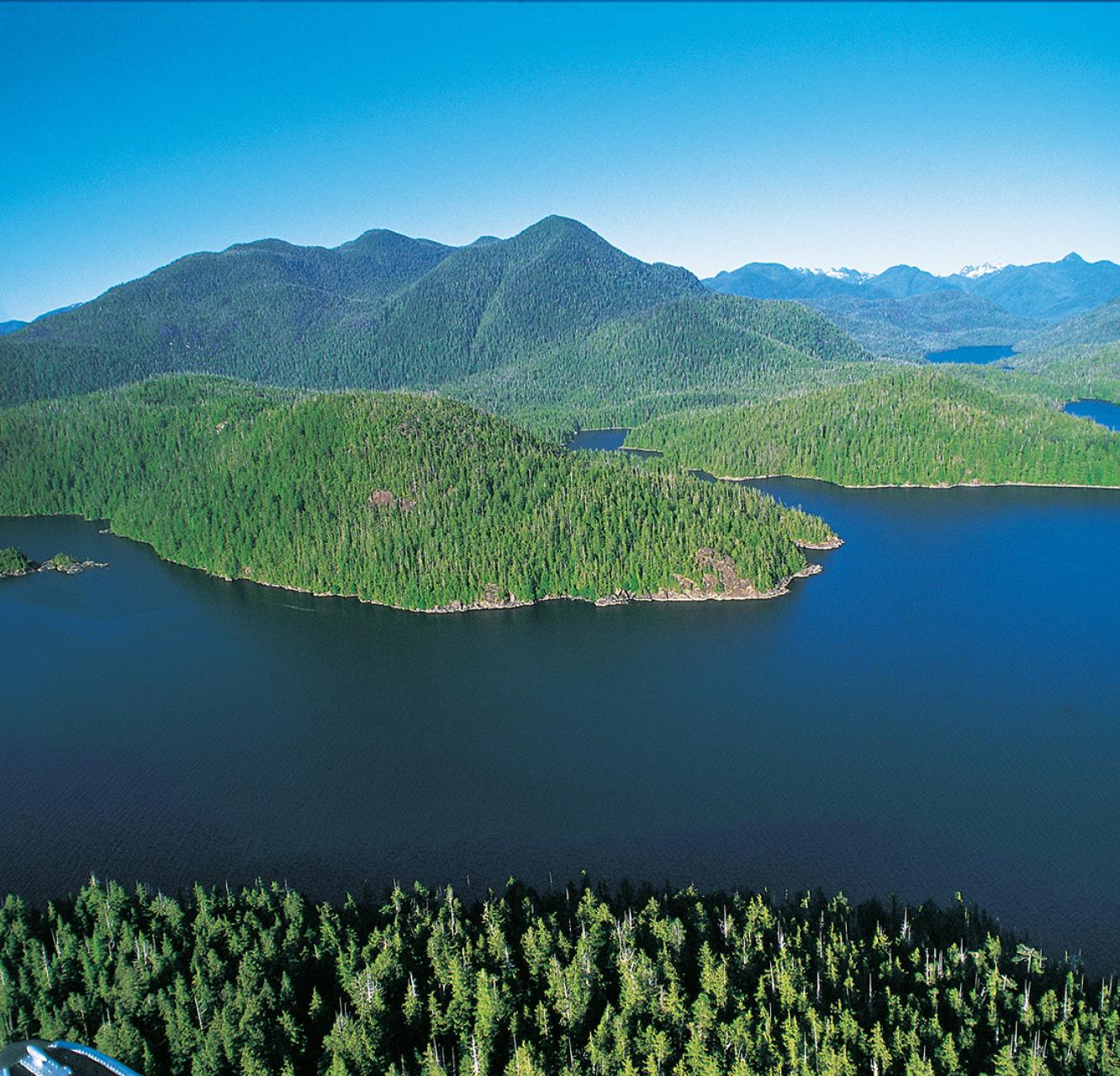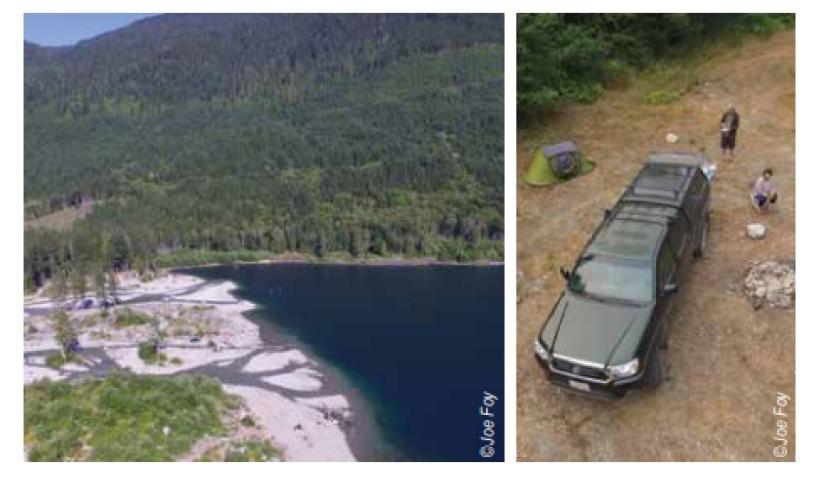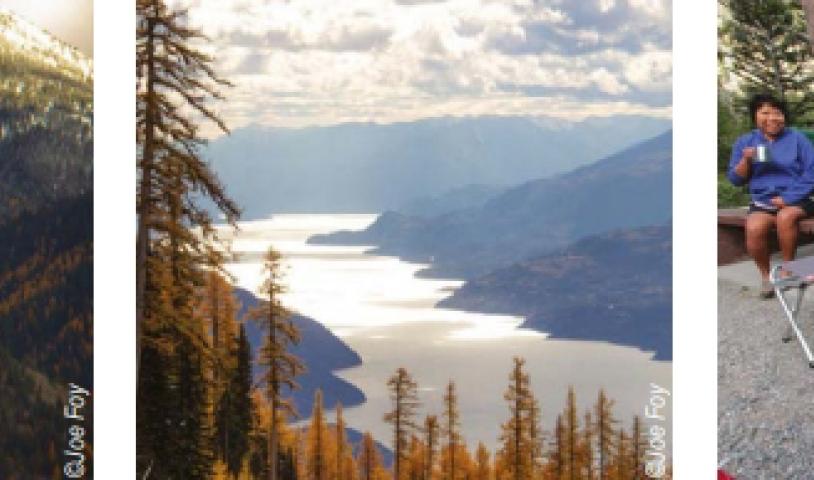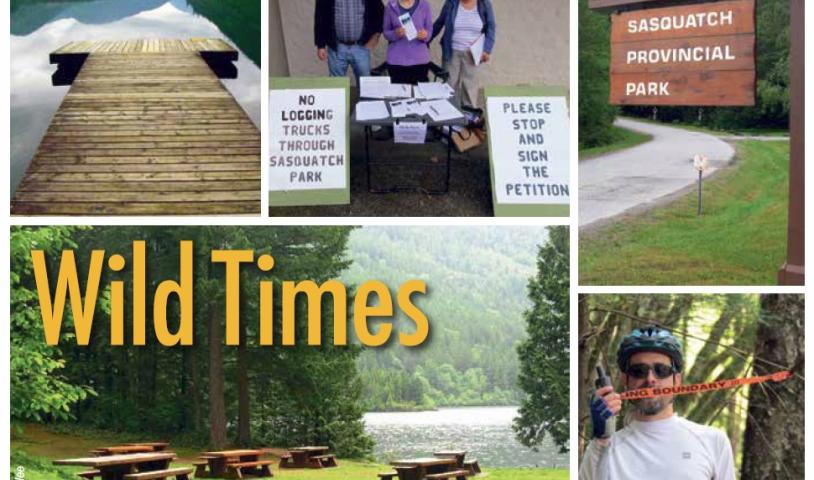The case against parks privatization
Tuesday, February 23, 2021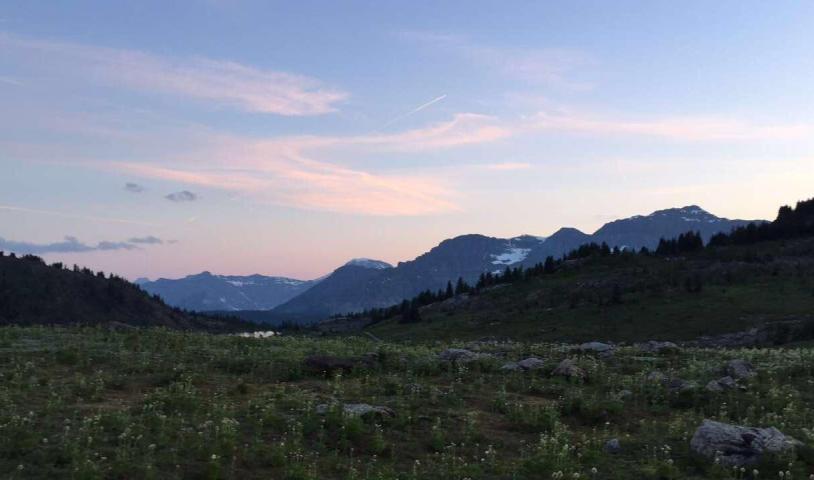
When Yellowstone national park was created in the United States in 1872, a stone archway was placed at the entrance of the park which read “for the benefit and enjoyment of the people.” This was the first national park in the United States, it was publicly owned and for the people. Would privatization reflect this foundational principle of what parks are meant to be?
The result of privatization can be anything from sky-rocketing costs for visitors to reckless care of natural land. Across Canada provincial conservative governments are beginning a dangerous trend of privatizing public resources, specifically provincial parks. The Alberta UCP government has just announced the elimination or closure of 184 sites in the Alberta park system, a total of 39 per cent of the parks could be eliminated. The premier of Manitoba followed suit this week, instructing the conservation minister to seek out private partnerships for parks.
The Alberta government has defended its decision by stating parks are a financially struggling system. This is a ridiculous statement. Nature is not a commodity that only makes sense when it’s making a profit. It’s the backbone of life — economies must fit within the limits of the environment because if it’s the other way around both are doomed. It’s very clear Kenney is looking to make a profit from parks. Based on his track records he tends to make decisions that favour corporate interests over interests of the public and the environment. So what does this mean for public parks?
The issue with privatization
The parks will likely be sold to the highest bidder, which will probably be private companies as they have more money than say conservation organizations. Once private companies buy the land, options of what can happen to those parks are endless. We could see campgrounds turned into parking lots with luxury cabins, we could see bougie hunting lodges established, or we could see the same park but without any trail upkeep, bathroom maintenance or officers on-site to assist with wildlife and conservation-related issues.
Privatization hands over a public good to a private entity or corporation. Maybe this corporation has the best interests and wants to protect the land for the benefit of the people and wildlife. But most likely not, since corporations are driven by profit. The risk of companies jacking up the price to parks will limit access only to people who can only afford it. This is a real concern. A decade of park privatization in Saskatchewan illustrates this as fees went up for everything from parking to camping to cabin rental.
Everyone should have an equal ability to access and spend time in nature. Not only that, if the lands are managed for maximum profit we could see parks turn into ATV free-for-alls or paved resorts. Lands managed in this way will drastically impact the health of the ecosystem and the wildlife throughout. So we should ask ourselves, is the risk worth it?
What happens if no sale is made?
One of the biggest concerns with privatizing provincial parks is what happens in the case a sale is not made. Perhaps there’s no buyer, or perhaps the government isn't interested in selling to that buyer. If the parks are not sold to a company or organization, they could revert to vacant public land. Turning a provincial park back to vacant public land can pave the way for industry to move in. Knowing UCP governments, it would be an obvious move for them to say yes to logging, oil and gas development and mining opportunities throughout the once protected park.
Governments must recognize that nature is fundamental in any healthy society. You can’t put a price on that, it’s non-negotiable. And if you combine that value with the real numbers, the Alberta tourism industry alone in 2017 brought in a whopping eight billion dollars — a record high. With a 39 per cent decrease in public parks coming this year to the Alberta park system, it will be interesting to see how that impacts where tourists recreate. Further, the money saved from cutting parks is insignificant when you consider what those parks provide. In the end, it’s not actually the government using “their” money to fund parks, it's taxpayers money. The Alberta minister said the cost has been too high, but it's taxpayer dollars and taxpayers should demand that money be used to fund health and wellness through provincial parks. The cuts to the park will only save a measly $5 million. If the Alberta government can spend $30 million on a war room for the official purpose of “disproving true facts,” then they can spend $5 million on maintaining the park system.
We should be funding nature as a priority
People require nature for their mental wellbeing. Doctors are prescribing nature for those struggling with mental illness. Meanwhile, ecosystems are breaking down around us as the industrial machine chops away at wilderness. Those ecosystems are the same ones storing water, filtering air, producing rich soil and food. It is simply impossible to put a dollar value on those services. Nature is essential for our ability to live on this planet and no matter the government, no matter the budget, nature must be prioritized because it is fundamental to our lives.
